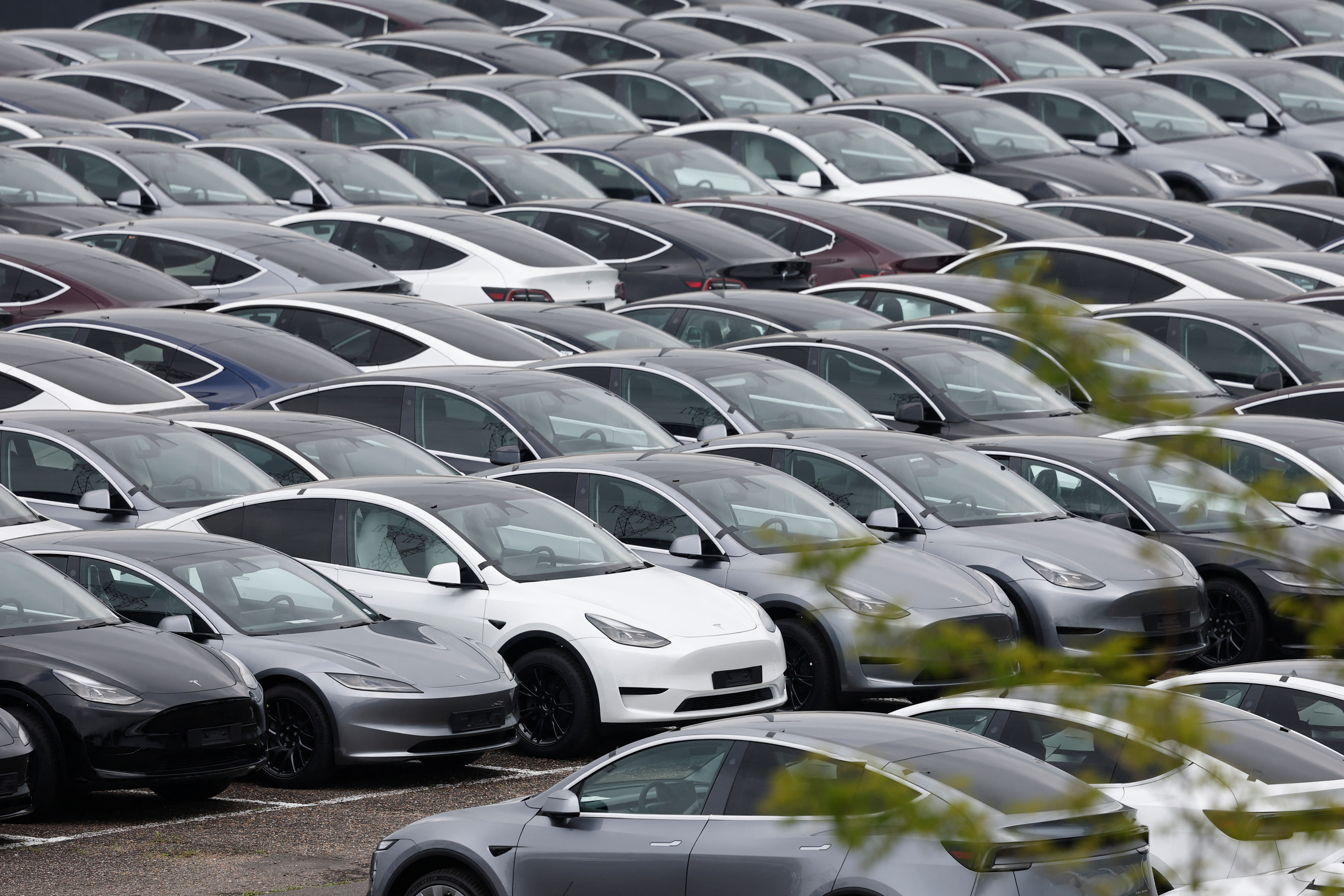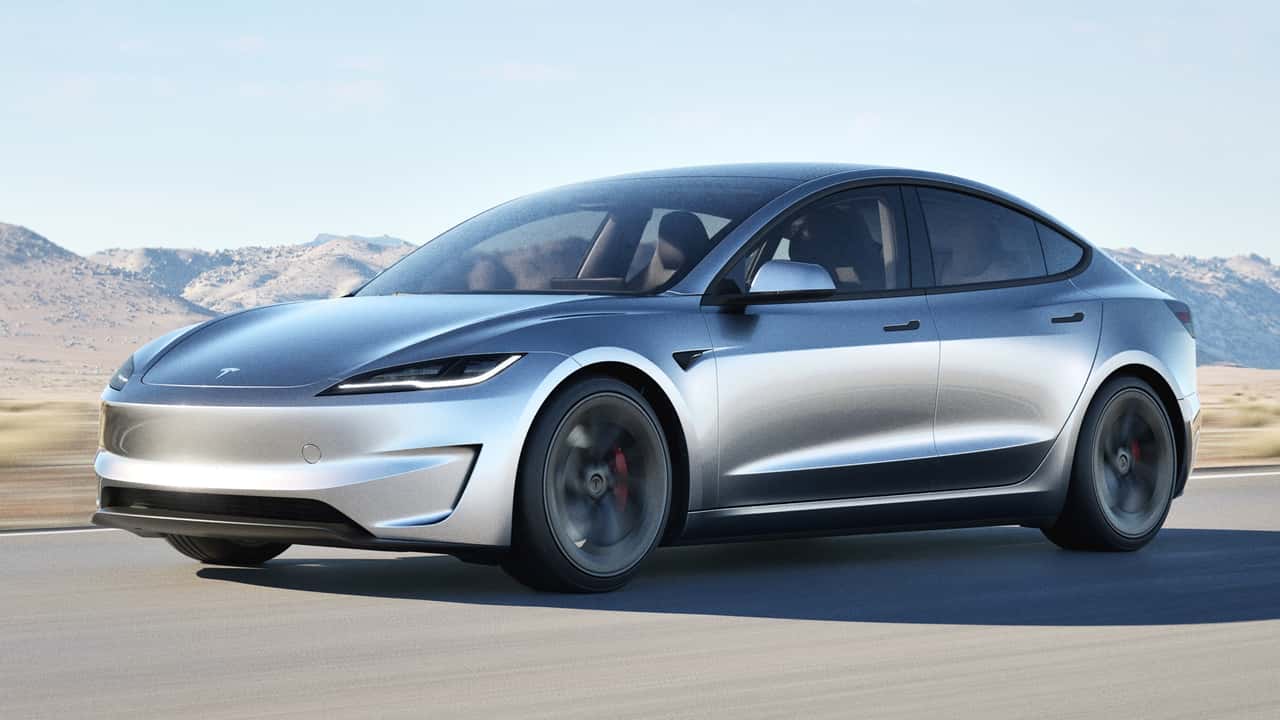Tesla, once the undisputed leader in the electric vehicle (EV) market, is currently navigating a turbulent financial period. Despite efforts by its CEO Elon Musk to distance himself from recent political controversies — including stepping back from public disputes with the White House — the company continues to face a slowdown marked by declining revenue, reduced demand, and intensifying competition.
Throughout the last year, Tesla’s stock has experienced fluctuations, mirroring wider worries about the firm’s performance and strategic path. While Musk’s presence in political circles has diminished lately, this change has not yet resulted in a recovery for Tesla’s main business figures. Both analysts and investors are closely monitoring the company’s quarterly financial results, delivery figures, and its capacity to remain a leader in a growingly crowded electric vehicle market.
A decrease in interest within a developing electric vehicle sector
One of Tesla’s primary challenges lies in the EV market itself. What was once a rapidly growing segment with limited players has evolved into a competitive battleground. Traditional automakers like Ford, General Motors, and Volkswagen have accelerated their electric lineups, while newer entrants such as Rivian, Lucid, and BYD have captured consumer attention with innovative designs and attractive pricing models.
In some regions, Tesla’s market share has declined notably as buyers are offered a wider selection of electric vehicles that match — and in some cases exceed — Tesla’s offerings in performance, features, and affordability. While Tesla still leads in key markets, the dominance it once enjoyed is under pressure. Its models, particularly the flagship Model S and Model X, have seen stagnating sales, and even the popular Model 3 and Model Y are facing more competition than ever.
Reductions in prices and worries about profit margins
In an attempt to spur demand, Tesla has engaged in a series of price cuts across its major models throughout 2023 and 2024. While these reductions have made the vehicles more accessible to a broader consumer base, they have also raised concerns about long-term profitability.
By reducing prices to remain competitive, Tesla has diminished part of its profit margins, which were previously a significant strong point that set the company apart from other car manufacturers. In the past, Tesla could charge extra for its technology and brand prestige, but the market is currently less inclined to spend a lot for what is now considered a more typical product type.
This strategy of pricing aggression may win short-term gains in volume, but some industry observers question whether it’s sustainable over the long haul, especially as raw material costs fluctuate and production costs remain significant.
Elon Musk’s reduced political presence and shifting public image
For a long time, Elon Musk’s bold expression was a key component of Tesla’s public persona. His activity on social media, controversial remarks, and political provocations frequently garnered both praise and disapproval. Yet, in the past few months, Musk has adopted a more subdued stance regarding political commentary, concentrating on product innovation and the management of the company.
Although some investors and stakeholders embrace this shift towards a stronger emphasis on business, others point out that the negative perception from Musk’s earlier political involvement persists. The CEO’s connection with controversial subjects had distanced segments of Tesla’s clientele, especially among eco-friendly consumers who were once central to the brand’s allure.
Although Musk is reducing his presence in the political arena, Tesla is still managing the repercussions of previous decisions — such as consumer doubt and skepticism that might be affecting buying habits.
Innovations on the horizon — but not enough to calm investor nerves
Tesla has not been idle in the face of these challenges. The company continues to push the boundaries of EV innovation with new technologies, including the long-awaited Cybertruck, an expanded focus on autonomous driving features, and ongoing development of its AI and robotics arms.
Despite these advancements, some investors remain unconvinced that innovation alone will be enough to reignite growth. The Cybertruck’s production delays, coupled with lukewarm anticipation from mainstream consumers, have tempered expectations. Tesla’s ambitious goals in autonomous driving — including promises of full self-driving capability — have yet to materialize at the scale or reliability that Musk had forecasted.
Additionally, with other car manufacturers creating their own sophisticated driver support systems and starting to incorporate features powered by AI, Tesla’s pioneering edge in innovation is lessening. Shareholders are more frequently questioning if the future offerings of the company will inspire the same excitement and potential for profit as its initial models once did.
Global challenges and operational obstacles
Tesla’s worldwide activities also face obstacles. In China, one of the brand’s biggest markets, interest has weakened due to increasing rivalry from domestic producers. Local car manufacturers are presenting electric cars packed with features at more competitive prices, and their extensive reach across the country provides them with advantages in distribution and production.
In Europe, changes in regulations and economic unpredictability have also led to a deceleration in the sales growth of electric vehicles, influencing Tesla’s ability to expand its market share. Moreover, continuing supply chain issues, especially regarding battery parts and the availability of semiconductors, still affect production plans and delivery schedules.
Tesla has invested heavily in its Gigafactories in the U.S., Germany, and China, but the capital intensity of these operations means that any slowdown in global demand can significantly impact overall profitability. Operational efficiency remains critical as Tesla balances expansion with cost control.
Trust of investors facing challenges
With revenue growth flattening and cost pressures mounting, investor sentiment has become more cautious. Tesla’s valuation, once buoyed by future-facing optimism and tech-style growth projections, is being recalibrated as more traditional automotive metrics take precedence.
Many investors are currently focusing on consistent performance delivery, profitability, and the capability to scale efficiently over hype or grand statements. Although some continue to believe in Tesla’s long-term potential, particularly in the AI and energy fields, the company will need to showcase concrete outcomes to sustain market trust.
A crucial time for Tesla’s destiny
Tesla’s ongoing difficulties don’t imply the cessation of its dominance in the electric vehicle sector, but rather highlight a significant transitional phase. As the company progresses, it needs to transform from an innovative emerging entity to a robust international producer able to withstand economic fluctuations, increasing rivalry, and changing consumer tastes.
Elon Musk’s choice to lower his presence in political matters might be a component of a larger plan to redirect Tesla’s storyline towards creativity and achieving high standards in operations. It remains uncertain if this adjustment will be sufficient to guide the company towards continuous growth.
In the months ahead, all eyes will be on Tesla’s financial performance, new product launches, and ability to retain — or regain — its edge in a market it helped define. The journey forward will likely be shaped not only by technological breakthroughs, but also by the company’s ability to navigate a more crowded, competitive, and complex global marketplace.


